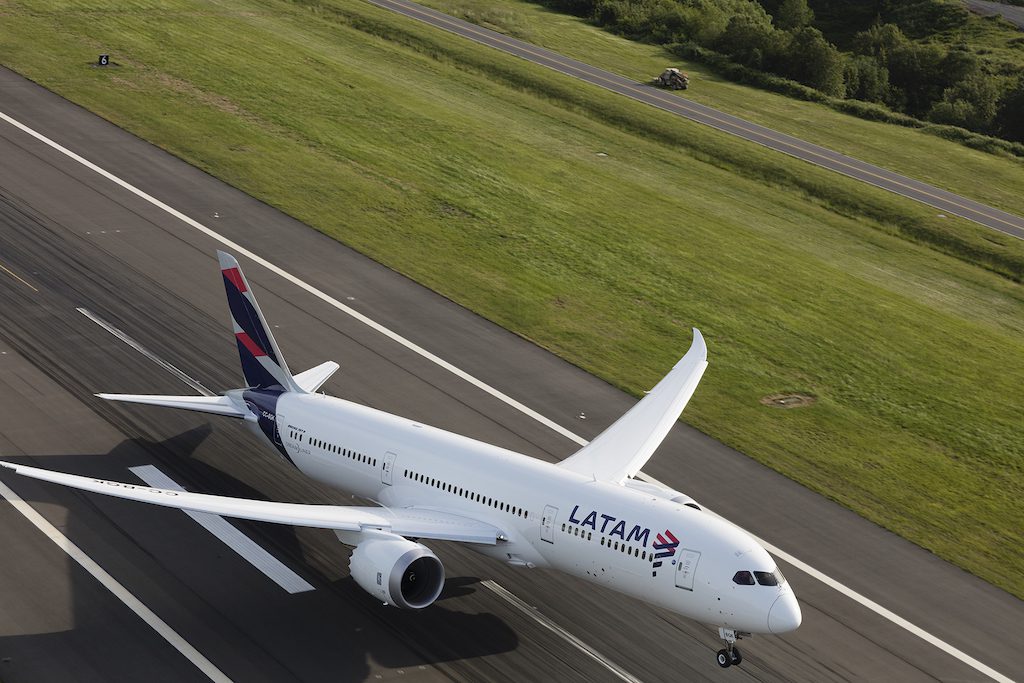Why Delta Air Lines Covets This Not-So-Profitable Latin American Airline

Skift Take
Delta’s planned $1.9 billion investment for a 20 percent stake in Latam is a pretty penny, but the U.S. airline is confident the deal will pay off by expanding its network in South America.
Delta Air Lines shocked travelers and investors late last month by making a major investment in Latam Airlines, a large but marginally profitable South American carrier.
By traditional economic metrics, Delta severely overpaid with its $1.9 billion investment. Its tender offer is priced at $16 per share, or almost 80 percent over Latam's stock price before the announcement.
But some experts agree that even at that price Latam is a significant prize for Delta, and why this is bad news for Latam's previous longtime partner American Airlines. Here's why this may be true.
What is Latam?
Latam is the largest carrier in Latin America, born out of the 2012 merger between Chile’s LAN and Brazil’s TAM. The airline group now operates under a unified brand, but contains a complex network of subsidiaries and separate airlines, including Lan Cargo S.A., Latam Airlines Colombia, Latam Airlines Ecuador, Latam Airlines Argentina, Latam Airlines Peru, Latam Airlines Chile, and Latam Airlines Brazil.
The airline group's CEO, Enrique Cueto, previously made plans to step down on March 31 after spending 25 years at the company. He will be replaced by Chief Commercial Officer Rob
